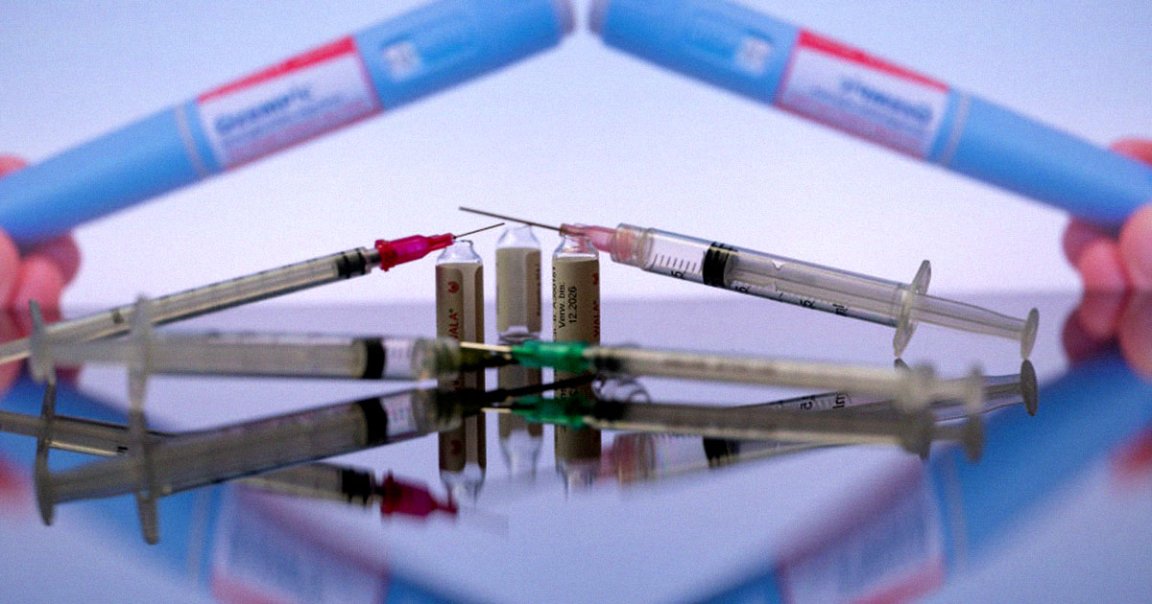
Ozempic maker Novo Nordisk is charging around $1,000 a month in the US for its diabetes treatment — which, like Novo’s Wegovy, is very often being prescribed off-label as a weight loss drug.
But according to a new paper published today in the journal JAMA Network, that’s nowhere near the actual cost of producing semaglutide, the scientific name of Ozempic’s active ingredient.
The authors from Yale University, King’s College Hospital in London, and the nonprofit Doctors Without Borders found that producing glucagon-like peptide 1 agonists (GLP1As) like semaglutide only costs anywhere from $0.89 to $4.73 for a monthly supply.
In other words, Novo Nordisk is selling the substance at a spectacular markup — for hundreds or even a thousand times what it costs to manufacture.
That means the drug, which has been shown to be highly effective in helping patients lose weight, could be made far more widely available than it is now simply by having the price better reflect the costs — even when considering the untold sums that went into their development.
In its paper, the team concluded that drugs like Ozempic “can likely be manufactured for prices far below current prices, enabling wider access.”
The research also highlights just how inflated the prices for diabetes therapies, including insulin, have become in the US.
“The profit margin is immense,” corresponding author and public health economist Melissa Barber told Bloomberg. “There should be a conversation in policy about what is a fair price.”
The team examined the costs of the raw ingredients that go into drugs like Ozempic in an effort to shed light on infamously murky drug production costs.
Surprisingly, they found that the plastic pens that are used to inject the drug accounted for a huge proportion of the overall costs to produce the drug. The active ingredient itself only costs about 29 cents for a monthly dose, which is so low largely due to the fact that each dose requires only a minuscule amount.
The news comes after the Biden administration passed the Inflation Reduction Act, which introduced price caps on the cost of insulin last year. But, as Bloomberg reports, there’s a chance this may have actually raised profits for drugmakers thanks to the elimination of pharmacy managers and other middlemen.
Meanwhile, Novo told the publication that it had spent almost $5 billion on drug research last year, resulting in higher prices for drugs like Ozempic.
Most patients also only pay a fraction of the street price for diabetes treatments out-of-pocket. A recent survey found that the majority of respondents paid $50 or less a month for GLP-1 drugs like Ozempic.
Nonetheless, Novo Nordisk’s massively inflated prices for the drug could have a significant impact on the widespread availability, especially when it comes to treating obesity, a use case insurers have balked at.
That’s despite early data suggesting GLP-1 drugs are greatly beneficial even to non-diabetics. Research has shown that these drugs are highly effective at reducing body weight, improving blood pressure, warding off kidney failure, and even treating heart failure.
More on Ozempic: People Unexpectedly Getting Pregnant on Ozempic and Wegovy